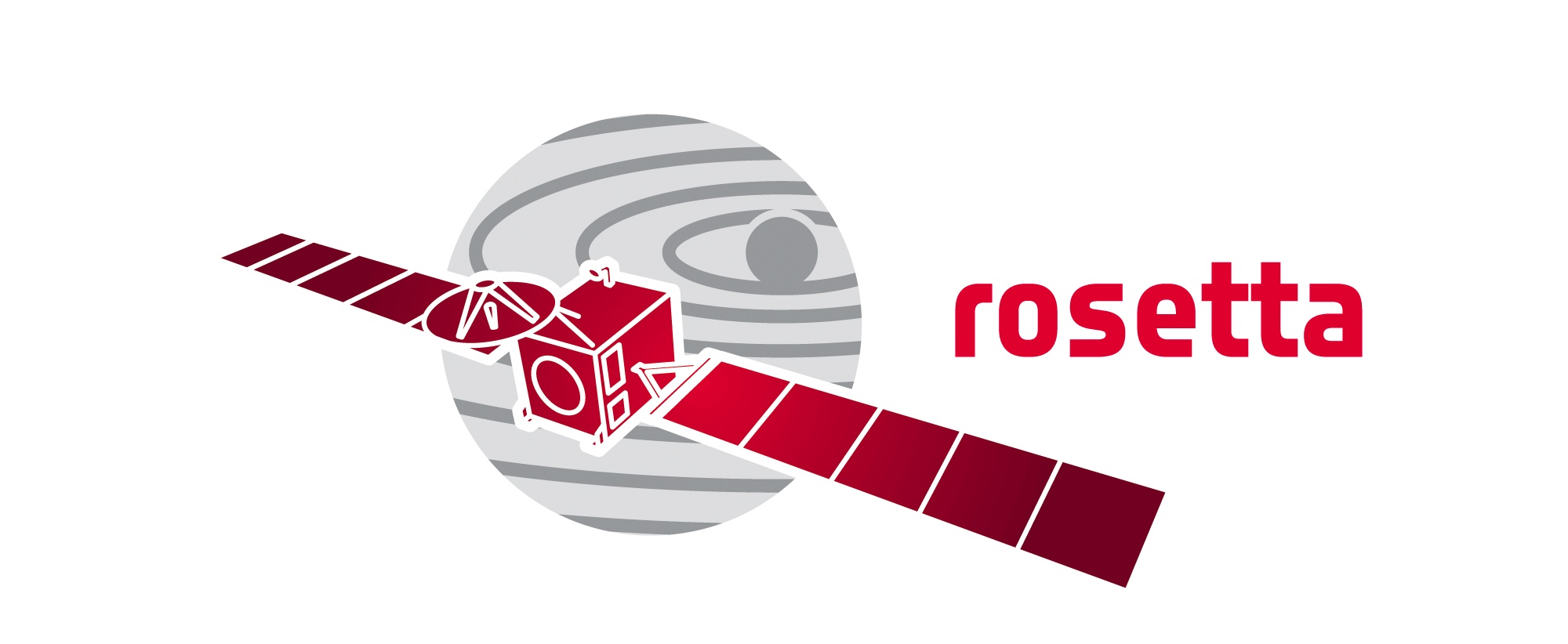 Welcome to the Rosetta 3dtool
Welcome to the Rosetta 3dtool Welcome to the Rosetta 3dtool
Welcome to the Rosetta 3dtoolThe intention of the Rosetta 3dtool is to provide a quick overview over the spatial and temporal evolution of calculated Rosetta trajectories. This 3dtool is a front end application, e.g. all trajectories are calculated beforehand using following workflow:
For the trajectory propagation, the gravity forces of a irregular shaped comet body and of the ephemeris are considered. According to the s/c cross-section, additional drag forces are taken into account due to solar wind and emitted comet gases. For calculating the total gas pressures, simulated distributions of gas densities and velocities are provided by the Inner Coma Environment Simulator (ICES). Propagation is done by a leap-frog method, and s/c attitude is nadir. During propagation, SPICE orbit and attitude kernels are generated and converted into Javascript files. Finally, observation opportunity windows are calculated for a fixed set of landmarks and visualised in a timeline tool.
The 3dtool is a web-based application which is programmed using WebGL - a HTML5 standard for hardware-accelerated 3D graphics - and Javascript. Furthermore, SceneJS - an API for WebGL - is used.